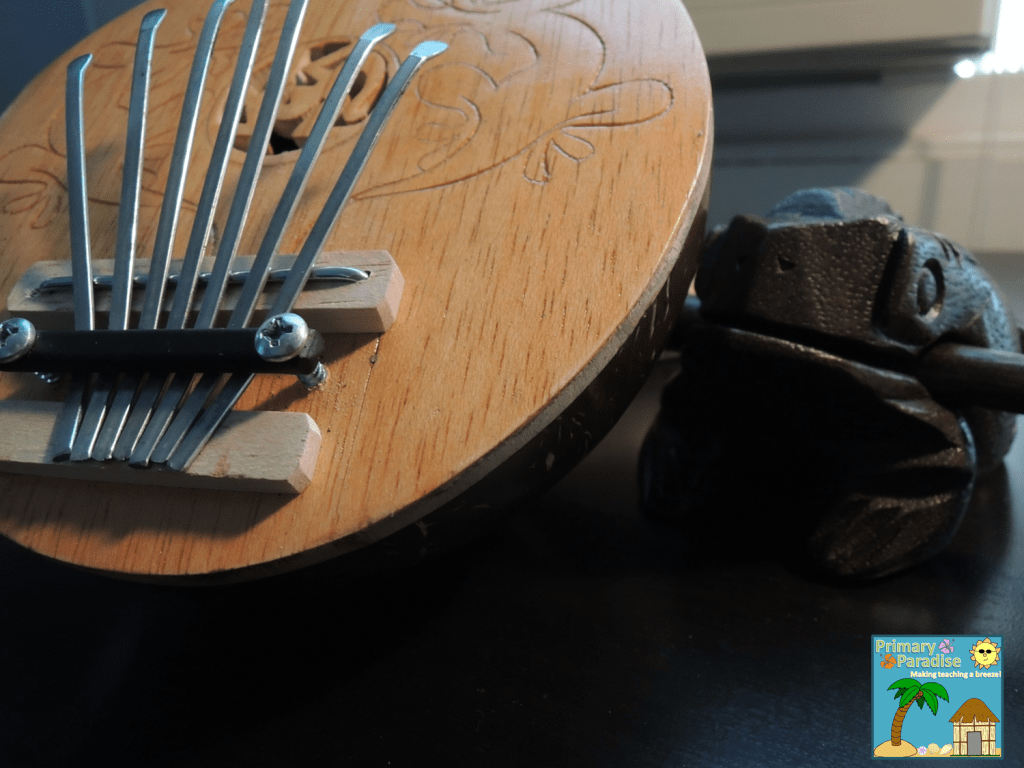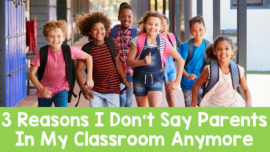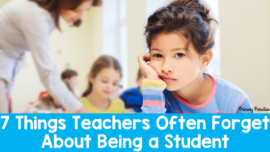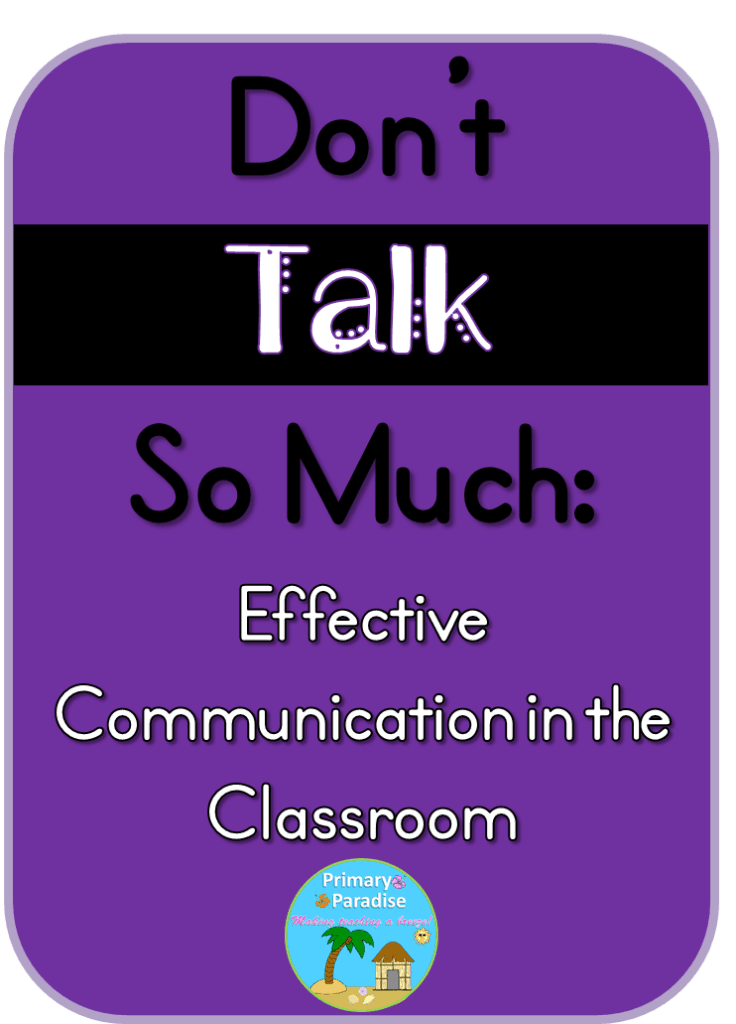
When I was a first year teacher, I had an administrator give me a piece of valuable information. Ironically, I didn’t really appreciate the advice at the time because it came from one of those administrators who never actually tells you anything positive, so I took offense at first. Luckily, I eventually realized that, despite the source, it really was good advice.
She told me I talked too much.
But… I’m a teacher. That’s what we DO! We have to talk. all. day. long.
She told me that the students would start to tune me out.
Well, I don’t know how I’m supposed to stop talking so much. I mean, I need them to do things, I need them to listen, how else can I make that happen?
For a few days, I really struggled. On the one hand, I knew she had a point. I talked way too much, and my kids DID tune me out. it’s very easy to do as a nervous first year teacher, or as any teacher, honestly. On the other hand, she didn’t give me any direction. What was I supposed to do instead? I still had to give them directions, get them to quiet down, and teach them!
Luckily, I’ve always been a problem solver, and once she pointed out the problem, I spent the rest of that year (and the next few years) working on ways to better communicate with my class. I eventually realized that, just like adults (and even more so), kids will eventually tune you out if you don’t 1) keep it brief, 2) keep it interesting, and 3) keep it relevant.
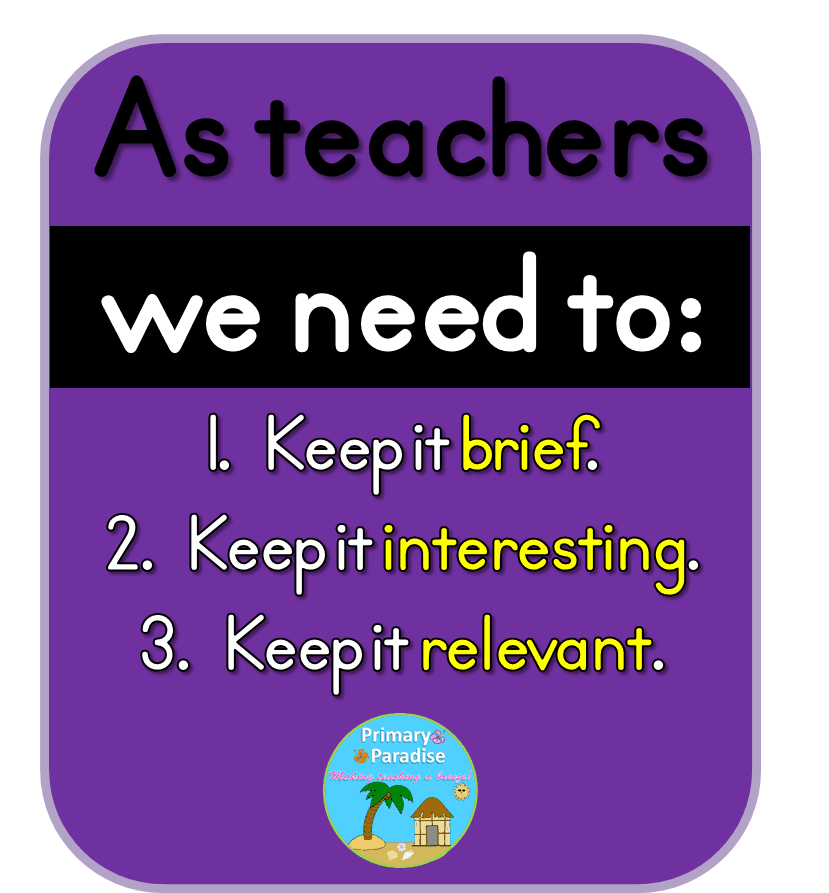
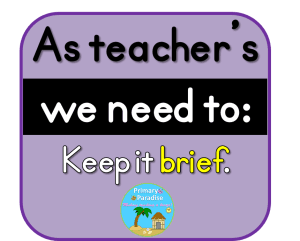
Remember back in college when you were sitting in class with that professor? The one who droned on and on and on and before you knew it, the class was done, and while you didn’t learn anything, you had a fantastic collection of doodle art in your notebook, or maybe a puddle of drool from falling asleep?
You didn’t want to listen to someone rattle on and on, and neither do our students.
My general rule of thumb is that the maximum amount of time I can expect my students to listen at a time is their age. So, if my students are 6, they can listen for a maximum of 6 minutes at a time. I try to keep it even shorter than that. That doesn’t mean I teach them less, it just means I’m more concise. I try to just get to the point. I cut out some of the parts that aren’t really necessary. For example, if we’re doing a multi-step project, I might tell them 1-3 steps at a time, not all 10. They’re not going to remember all 10 anyway, and it gets them working and learning much faster.
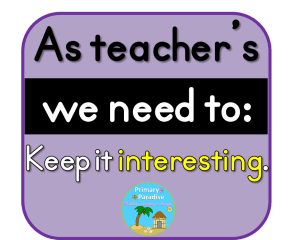
No one likes to be bored, and while kids like routine, they also like variety. If I can communicate with my students without using my voice, that’s always more fun than listening to me talk. So, I no longer use my voice to quiet my class. Instead, I use these fun attention grabbers and my kiddos love it.
I also am constantly changing the tone, pitch and volume of my voice. I’m not a cartoon character, and I don’t try to be, but I’ve found singing directions or whispering an important point really draws my students in. I rarely get louder when I need their attention. Instead, I get quieter which forces them to get quiet so they can hear.
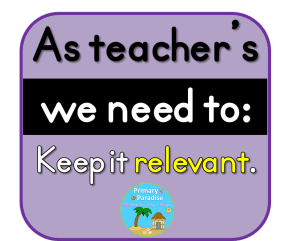
As a teacher, you know your students. You know what interests them, what’s cool right now, and what music they’re obsessing over.
My advice? Use it! If I need to use SpongeBob as an example to keep my students’ attention, you bet I’ll do it. If I can use the tune of a One Direction song to teach them about nouns, I’m all for it. Not only does it get their attention, but, when used well, might really drive home an important point.
So those are just a few simple things you can do to effectively communicate with your class. This is not an end all, be all list, but I definitely think this is a great place to start.
What are your tips and tricks for effectively communicating with your students? Leave a comment below!
Follow me on instagram, facebook, pinterest, and twitter.
Just as, as teachers, we value communication and creating a system that helps our students learn best, Smartling translates websites so that companies can communicate in the best way possible to their audience. How cool is that?
